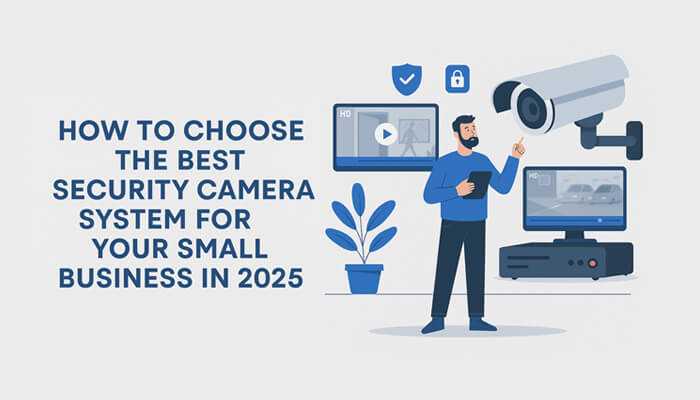Defend What Matters: Mastering Smart Security for Homes and Small Businesses in 2025
Introduction: The Emotional Cost of Insecurity
In 2025, the concept of “safety” is no longer a simple deadbolt and a beware-of-dog sign. For homeowners and small business owners alike, the fear of intrusion—whether physical or digital—can have a deep emotional impact. It isn’t just about losing valuables. It’s the erosion of peace of mind. Your home is your sanctuary, your business your livelihood—and when they’re breached, it feels personal.
This emotional toll is what makes modern security systems so valuable. They don’t just deter criminals. They offer psychological stability and restore the sense of control we all crave in an unpredictable world. Whether you’re a family man in the suburbs or an entrepreneur protecting your storefront, understanding the new tools of defense is your first step toward true peace of mind.
The Evolution of Security: From Locks to AI-Powered Surveillance
The history of security systems mirrors the advancement of technology. We’ve moved from:
- Simple mechanical locks to biometric access,
- From analog cameras to cloud-connected HD surveillance, and
- From motion detectors to AI-powered pattern recognition.
In 2025, smart security is more integrated, automated, and predictive than ever. Systems don’t just record events—they analyze behavior, alert you to abnormalities, and even contact authorities on your behalf.
This shift has also blurred the line between physical security (like cameras and locks) and digital security (like firewalls and encrypted networks). That’s especially important for smart homes and connected businesses, where one weak password can become a wide-open door.
Key Security Challenges for 2025
1. Device Overload
More devices mean more risk. Smart lights, fridges, and even baby monitors can become attack vectors if not properly secured.
2. Hybrid Threats
Hackers and burglars now work in tandem. A digital breach can help a physical one—like unlocking a smart door remotely or disabling your cameras.
3. Subscription Fatigue
Modern systems often require monthly plans. Choosing between services with hidden costs, limited storage, or unreliable response times adds complexity.
4. False Sense of Security
Having a smart system doesn’t mean you’re invincible. Many users neglect basic precautions like password updates or backup power.
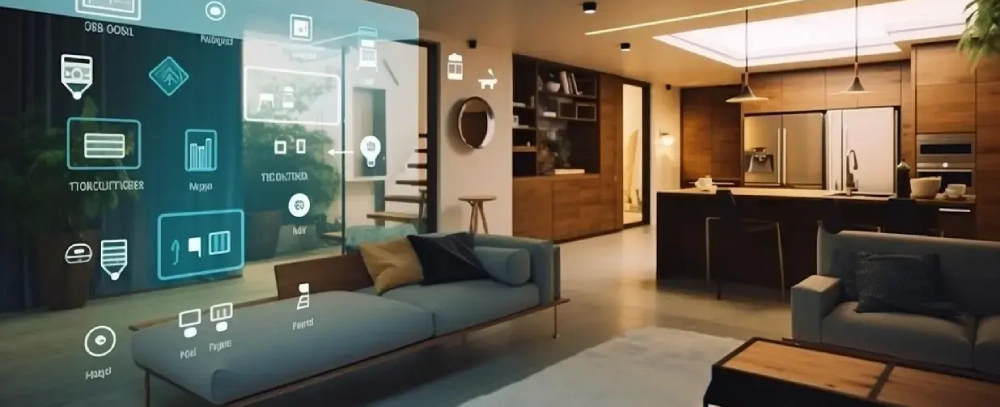
Smart-Home-2025
Psychology of Protection: What Consumers Really Want
Security isn’t just about safety—it’s about certainty. Research shows users want:
- Real-time alerts: Push notifications for doors, cameras, and motion.
- Remote control: Ability to lock/unlock, view feeds, and speak through devices.
- Customizable settings: Adjusting sensitivity, zones, and user permissions.
- Trustworthy brands: Systems backed by good customer service and reliable support.
Understanding these needs helps companies design better systems and helps consumers make better choices.
Comparison Table: Traditional vs. Smart Security (2025)
| Feature | Traditional Security | Smart Security 2025 |
|---|---|---|
| Installation | Professional only | DIY or pro, flexible |
| Monitoring | Phone calls, slow alerts | Real-time app + cloud alerts |
| Accessibility | In-person access only | Remote via mobile or desktop |
| Integration | Standalone | Integrated with smart ecosystem |
| Upkeep | Manual checks | Auto updates + health monitoring |
| Cost | Upfront high, low upkeep | Lower upfront, subscription fees |
Home vs. Business Security: Overlapping Needs and Unique Risks
What They Share:
- Entry protection (doors, windows)
- Surveillance (cameras, motion detectors)
- Fire and CO2 alerts
- Theft deterrents (alarms, signage)
Home-Specific Considerations:
- Pet sensitivity in motion sensors
- Child safety locks
- Night mode routines
Business-Specific Needs:
- Staff access control
- Inventory and asset protection
- Regulatory compliance (especially for health and data industries)
- Integration with POS or employee management tools
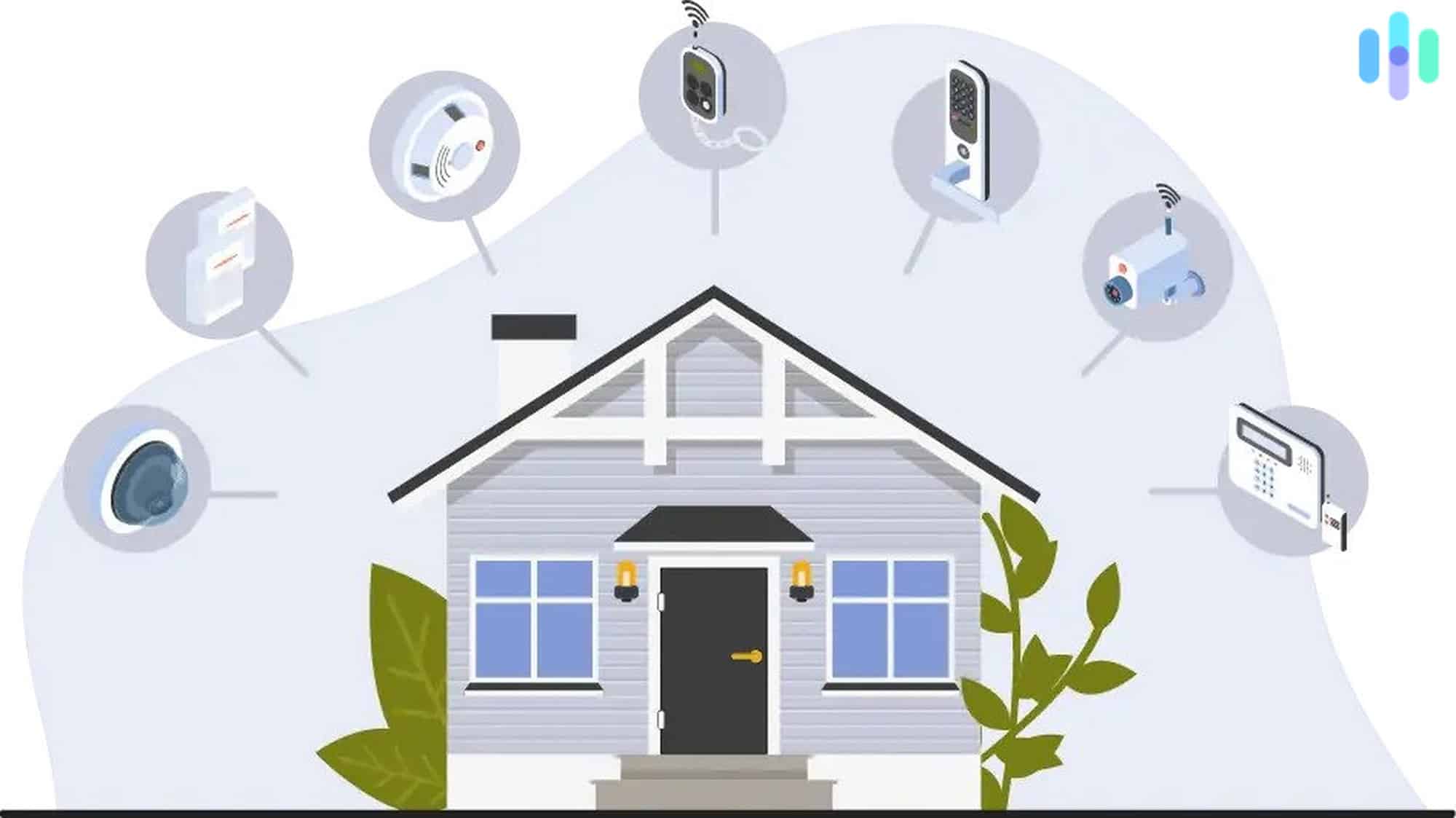
Smart-Security-System-Image
Common Vulnerabilities Most Owners Ignore
- Default passwords on cameras or routers
- Unlocked smart assistants (voice-activated access)
- Lack of camera placement strategy (e.g., no coverage at back doors)
- No battery backup for critical devices
- Overreliance on a single app or hub
These small oversights can render even the most expensive systems ineffective.
The Role of Insurance in Modern Security Planning
Many homeowners and business owners are unaware that smart systems can reduce insurance premiums. However, insurers often require:
- Proof of installation
- Ongoing monitoring
- Maintenance records
Some insurance companies now offer discounts up to 20% for verified smart systems, especially those with 24/7 professional monitoring and police dispatch capabilities.
Backlink Resource:
Security.org 2025 Smart Home Security Guide
Strategic Planning: Your Security Blueprint
Welcome back, Metin the Magnificent. Now that you understand the landscape of modern security, the next step is crafting a plan tailored specifically for your home or business.
Step 1: Assess Your Risks
-
Identify vulnerable entry points: doors, windows, back alleys, garages.
-
Evaluate your neighborhood or business district’s crime rates.
-
Consider special risks such as fire, flooding, or cyber-attacks.
-
Determine who needs access and when.
Step 2: Define Your Security Goals
-
Prevent break-ins.
-
Detect unauthorized access early.
-
Protect sensitive data and assets.
-
Integrate with other smart systems like lighting and HVAC.
-
Maintain ease of use for family or employees.

top security technologies for homes and businesses in 2025
Choosing the Right Components: The Smart Security Toolkit
1. Cameras
-
Indoor vs. Outdoor: Weatherproof outdoor cameras with night vision are essential; indoors, discreet and well-placed cameras help monitor critical areas.
-
Resolution & Field of View: Look for 1080p or higher and wide-angle lenses for comprehensive coverage.
-
AI Features: Motion detection, facial recognition, and package detection reduce false alarms.
2. Sensors
-
Door/window sensors alert when unauthorized entry occurs.
-
Glass-break sensors detect shattering sounds.
-
Motion detectors should be pet-friendly for homes, and customizable in businesses.
3. Smart Locks
-
Keyless entry via codes, smartphones, or biometrics.
-
Remote locking/unlocking and temporary access codes for guests or staff.
-
Auto-locking features after a set time increase security.
4. Alarm Systems
-
Loud sirens deter intruders.
-
Integration with emergency services ensures rapid response.
-
Silent alarms can notify you without alerting the intruder.
5. Control Hubs & Apps
-
Centralize control of all devices.
-
Real-time monitoring and alerts.
-
Voice assistant compatibility (Amazon Alexa, Google Assistant).
Installation: DIY or Professional?
| Factor | DIY Installation | Professional Installation |
|---|---|---|
| Cost | Lower upfront | Higher upfront but includes support |
| Complexity | Requires tech savvy | Expert setup and calibration |
| Customization | Flexible but limited | Tailored solutions |
| Maintenance | Self-managed | Support included |
| Warranty & Support | Often limited | Usually comprehensive |
For businesses with critical assets, professional installation is often recommended. For homeowners with moderate needs, DIY kits have become highly capable and user-friendly.
Integration: Creating a Unified Smart Ecosystem
Security systems work best when they communicate seamlessly with:
-
Lighting: Automatically turn on lights when motion is detected.
-
Thermostats: Adjust settings when the house or office is empty.
-
Voice Assistants: Quick status updates and commands.
-
Fire & CO Detectors: Integrated alerts for comprehensive safety.
This interoperability creates a responsive environment that adapts in real time.
Budgeting Your Security System
Consider both upfront and ongoing costs:
| Expense | Description | Typical Cost Range |
|---|---|---|
| Hardware | Cameras, locks, sensors | $200 – $2,000+ |
| Installation | DIY free; pro $100-$500+ | Variable |
| Monitoring | Monthly fee for professional monitoring | $10 – $50/month |
| Maintenance | Battery replacement, upgrades | $50 – $200/year |
| Insurance Discounts | Potential savings | Varies by insurer |
Planning ahead helps avoid surprises and keeps your system sustainable.
Best Practices for Setup and Maintenance
-
Regularly update software and firmware.
-
Change default passwords immediately.
-
Test alarms and sensors monthly.
-
Keep cameras clean and unobstructed.
-
Backup power sources (UPS or batteries) for critical devices.
-
Educate family or staff on system use and emergency protocols.
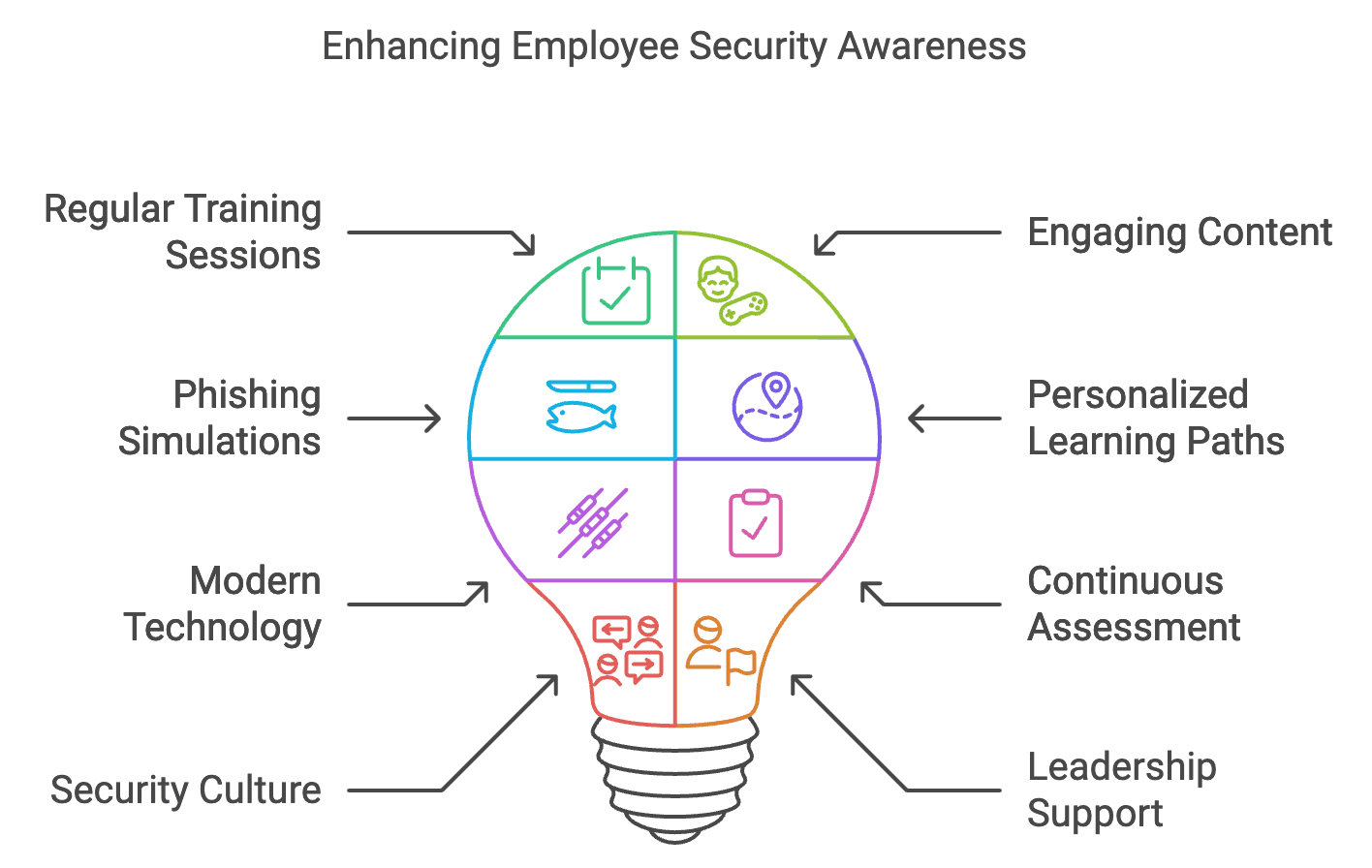
Increase_Your_Employee_Security_Awareness_with_Security_Training
Backlink Resource:
Consumer Reports 2025 Smart Security Systems Review
Top Smart Security Brands in 2025: A Comparative Overview
Selecting the right brand is crucial for peace of mind and long-term satisfaction. Here’s a comparison of leading options for home and small business security:
| Brand | Strengths | Best For | Price Range |
|---|---|---|---|
| Ring | User-friendly app, affordable kits | Homeowners, renters | $150–$500 |
| Arlo | High-res cameras, advanced AI | Indoor/outdoor video-focused | $200–$700 |
| SimpliSafe | Comprehensive systems, professional monitoring | DIY installation, no contract | $200–$600 + $15–$30/month |
| ADT | 24/7 professional monitoring, pro install | Businesses, high-security homes | $300–$1,200 + monthly fees |
| Nest (Google) | Seamless smart home integration | Google ecosystem users | $200–$700 |
| Eufy | No monthly fees, strong privacy | Budget-conscious users | $150–$500 |
Step-by-Step Installation Guide
Preparing Your Space
-
Identify all entry points and high-risk areas.
-
Map camera placements for maximum coverage.
-
Plan sensor and alarm locations for optimal detection.
Installation Steps
-
Mount Cameras and Sensors: Use manufacturer templates and ensure stable mounting.
-
Set Up Control Hub: Connect to Wi-Fi and link devices.
-
Configure Software: Download app, create accounts, customize alerts.
-
Test Devices: Trigger sensors and alarms to ensure functionality.
-
Train Users: Educate family or employees on operating the system.
Future-Proofing Your Security System
-
Opt for Systems with Firmware Updates: Continuous improvements prevent vulnerabilities.
-
Choose Modular Systems: Allows for adding devices over time.
-
Embrace AI and Machine Learning: Systems that learn patterns reduce false alarms.
-
Consider Cybersecurity: Use strong encryption, change passwords regularly.
-
Plan for Power Outages: Use battery backups or generators.
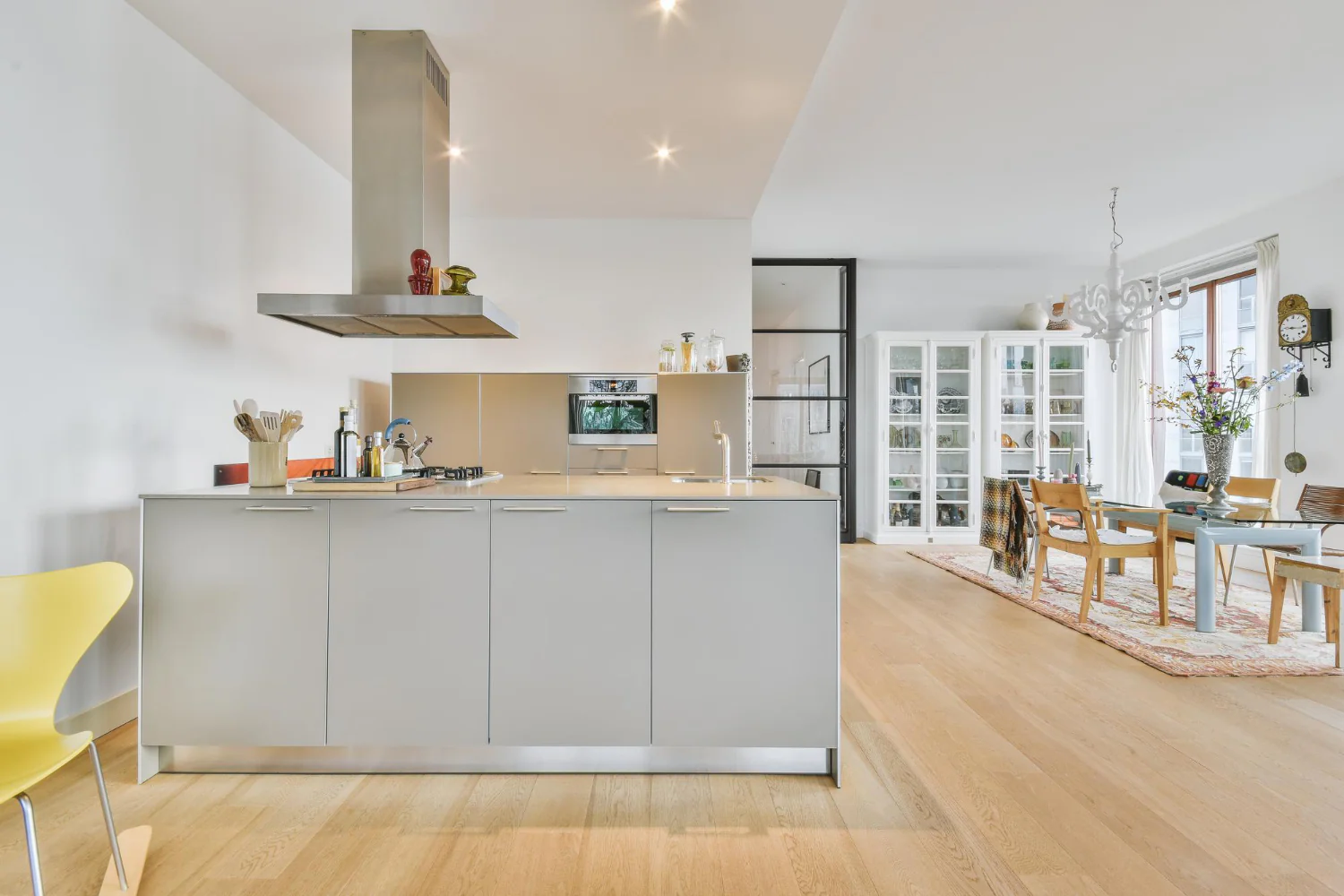
Your pool and spa are built—but the real journey begins now. Proper commissioning, balanced water chemistry, and smart automation ensure crystal-clear water, efficient operations, and minimal manual intervention. In this extensive third part, we’ll cover:
Structural Inspection Confirm shell integrity, coping alignment Contractor/Engineer
Plumbing Pressure Test 1.5× working pressure, watch for drops over 15 minutes Plumber
Electrical Safety Check Verify GFCI, bonding continuity, proper voltage Electrician
Equipment Dry Run Run pump, filter, heater with no water load to check vibrations Technician
Initial Fill & Leak Check Fill to skimmer level, inspect all fittings for leaks Pool Owner/Contractor
Monthly Maintenance Checklist
| Task | Frequency | Notes |
|---|---|---|
| Test alarms and sensors | Monthly | Check battery status |
| Update software/firmware | Monthly/As needed | Enable auto-updates if available |
| Clean camera lenses | Quarterly | Use microfiber cloth |
| Review access logs | Quarterly | Look for unusual activity |
| Replace batteries | Annually or as needed | Keep spares handy |
Common FAQs
Q: Can I install a professional-grade system myself?
A: Some systems are DIY-friendly but complex setups are best left to professionals for optimal security.
Q: How important is professional monitoring?
A: It provides real-time alerts and emergency dispatch, which can be life-saving in critical situations.
Q: Are wireless systems as reliable as wired?
A: Modern wireless systems have improved dramatically but may be vulnerable to interference; wired options offer constant power.
Q: Can smart security systems be hacked?
A: While possible, using strong passwords, updating firmware, and choosing reputable brands minimizes risks.
Q: What if I move? Can I take my system with me?
A: Most smart systems are portable and easy to uninstall, ideal for renters and businesses in leased spaces.
Expert Insight
“Security isn’t a set-it-and-forget-it investment. It requires planning, maintenance, and staying current with tech advances to truly protect your assets.”
— David Chan, Cybersecurity Specialist & Security Consultant
Bonus Resource
Watch this comprehensive video walkthrough of a small business security system installation in 2025:


